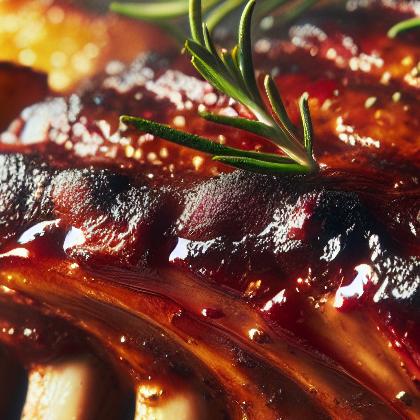Showing results for 'Beef Ribs'
close
Beef Ribs

Beef Ribs are cut from the animal's rib and served with the bone in. This can include 6-12 actual ribs. Beef served attached to the rib bone can have different names and be prepared different ways depending where you are.
Beef Ribs Pairs With:
Food Item
Flavor Affinity Level
Beef Ribs Properties:
| Food Property | Type | Description |
|---|---|---|
| Flavor Profile | Umami | The savory taste that is characteristic of beef ribs due to the presence of glutamate. |
| Salty | The slightly salty taste that may be added to beef ribs during cooking or seasoning. | |
| Texture | Firmness | The firm texture of beef ribs, which can vary depending on how they are cooked. |
| Nutritional Value | Macronutrients | The macronutrients present in beef ribs, including protein and fats. |
| Micronutrients | The micronutrients present in beef ribs, such as iron and zinc. | |
| Fiber | The amount of dietary fiber present in beef ribs. | |
| Color | Maillard Reaction | The color development on the surface of beef ribs due to the Maillard reaction during cooking. |
| Aroma | Volatile Compounds | The aroma compounds released from beef ribs during cooking, contributing to their overall flavor. |
| Chemical Composition | Water Activity (aw) | The amount of available water in beef ribs, which can affect their shelf life and potential for bacterial growth. |
| Cooking Behavior | Heat Conductivity | The ability of beef ribs to conduct heat during cooking, affecting their cooking time and final texture. |
Food Pairing App - Version 1.2.0
